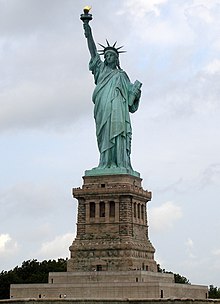Talking about As Above so Below :
Pleiades - Wikipedia, the free encyclopedia
------------------------- did you know :
The Four Horsemen Behind America's Oil Wars
Scotland a place where the Templars set up camp 


Pleiades - Wikipedia, the free encyclopedia
In astronomy, the Pleiades, or Seven Sisters (Messier object 45 or M45), is an open star cluster containing middle-aged hot B-type stars located in the constellation of Taurus. It is among the nearest star clusters to Earth and is the cluster most obvious to the naked eye in the night sky. Pleiades has several meanings in different cultures and traditions.
The cluster is dominated by hot blue and extremely luminous stars that have formed within the last 100 million years. Dust that forms a faint reflection nebulosity around the brightest stars was thought at first to be left over from the formation of the cluster (hence the alternate name Maia Nebula after the star Maia), but is now known to be an unrelated dust cloud in the interstellar medium that the stars are currently passing through. Astronomers estimate that the cluster will survive for about another 250 million years, after which it will disperse due to gravitational interactions with its galactic neighborhood.
The cluster is dominated by hot blue and extremely luminous stars that have formed within the last 100 million years. Dust that forms a faint reflection nebulosity around the brightest stars was thought at first to be left over from the formation of the cluster (hence the alternate name Maia Nebula after the star Maia), but is now known to be an unrelated dust cloud in the interstellar medium that the stars are currently passing through. Astronomers estimate that the cluster will survive for about another 250 million years, after which it will disperse due to gravitational interactions with its galactic neighborhood.
The "Seven Sisters" was a term coined in the 1950s by businessman Enrico Mattei, then-head of the Italian state oil company Eni, to describe the seven oil companies which formed the "Consortium for Iran" cartel and dominated the global petroleum industry from the mid-1940s to the 1970s ( still does today ) .[1][2] The group comprised Anglo-Persian Oil Company (now BP); Gulf Oil, Standard Oil of California (SoCal) and Texaco (now Chevron); Royal Dutch Shell; and Standard Oil of New Jersey (Esso) and Standard Oil Company of New York (Socony) (now ExxonMobil).[3]
Prior to the oil crisis of 1973, the members of the Seven Sisters controlled around 85% of the world's petroleum reserves, but in recent decades the dominance of the companies and their successors has declined as a result of the increasing influence of the OPEC cartel and state-owned oil companies in emerging-market economies.[1][
Prior to the oil crisis of 1973, the members of the Seven Sisters controlled around 85% of the world's petroleum reserves, but in recent decades the dominance of the companies and their successors has declined as a result of the increasing influence of the OPEC cartel and state-owned oil companies in emerging-market economies.[1][
The first known attempt by the Seven Sisters to stifle competition came in 1928 when Sir John Cadman of British Petroleum, Sir Henry Deterding of Royal Dutch/Shell, Walter Teagle of Exxon and William Mellon of Gulf met at Cadman’s castle near Achnacarry, Scotland. Here an agreement was reached that would divide up the world’s oil reserves and markets.


























Comment